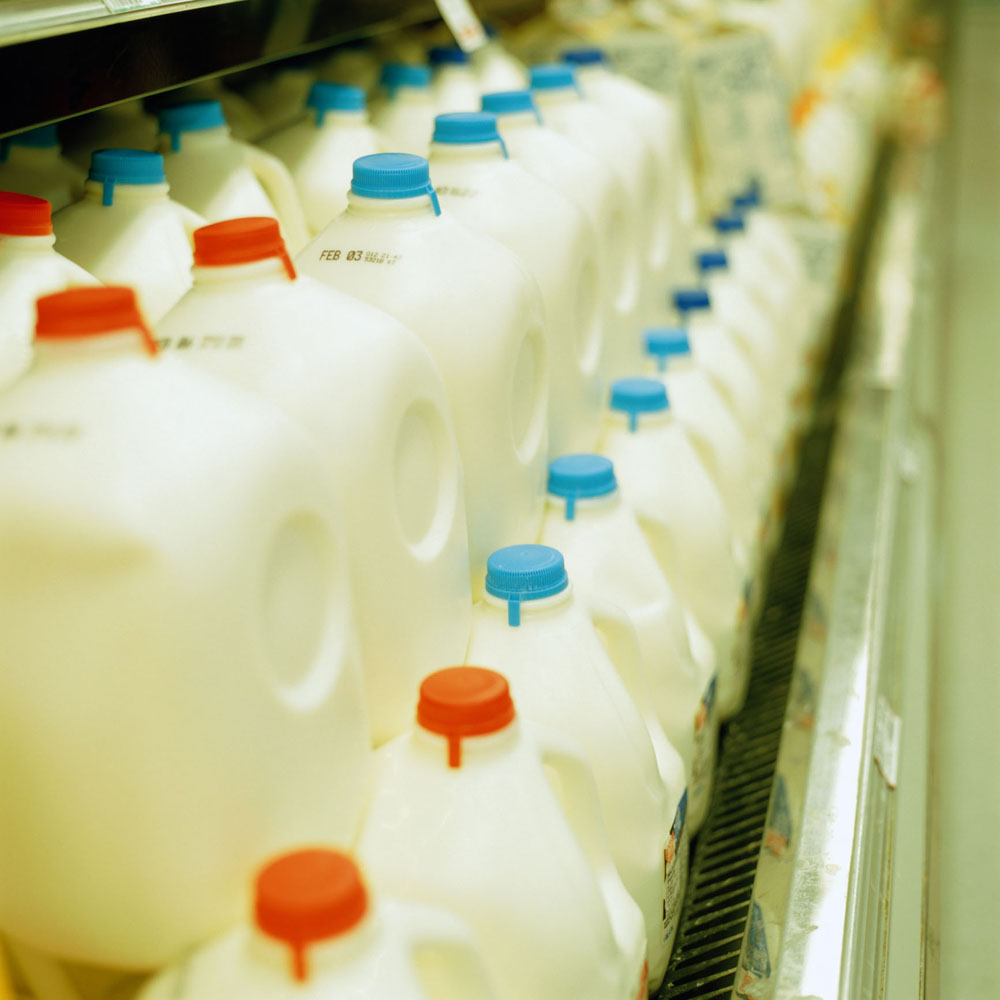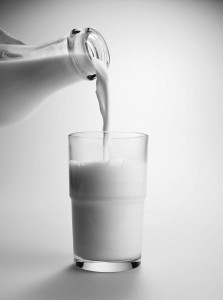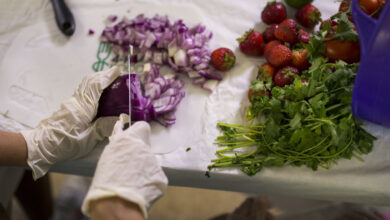Worldwide market factors affect milk prices

Area dairy farmers weigh in on supply and demand issues
That gallon of milk is costing you more at the supermarket and you might be surprised as to why – the main reason lies half a world away.
Jodi Smith, a dairy market and policy analyst at Upstate Niagara Milk Co-op, says growing demand for milk in China is the biggest reason why milk prices are going up everywhere.
“It’s supply and demand pushing up prices,” she says, and adds that global demand combined with stagnant production has led to increased exports of U.S. dairy products.
The price of milk has also been affected by a drought in New Zealand, which is a main supplier of milk for China, Smith says.
Local dairy farmers likewise say the price we pay for milk here is determined by world wide market factors.
“You could make a strong case that the price of milk is set in Auckland, New Zealand,” Eric Zuber of Zuber Farms in Churchville says.
Zuber explains that there are nearly two billion people in China. “They traditionally have had diets which have been rice and whatever water they could find to drink.”
Now, with an improving economy, there is a growing middle class in China and their diet is changing.
“If one-quarter to one-half billion Chinese are eating a different diet, that is more people than in the U.S.,” Zuber says.
Robert Colby at Colby Homestead Farms in Spencerport says China has been making major purchases of non-fat milk powder and powder milk proteins.
 “The economy is better and people are looking for a better food source and the U.S. is a safer food source,” he says.
“The economy is better and people are looking for a better food source and the U.S. is a safer food source,” he says.
The Chinese diet is deficient in protein, Colby notes, and the Chinese “are looking for protein sources.”
“There is a world wide shortage of proteins,” Zuber says.
“The economics justify getting that nutrition moved where it can be consumed,” he explains. “The U.S. is helping to fill some of that gap.”
Smith and Zuber say coupled with the spike in international demand for milk, the dairy industry in California has been stressed over the past several years.
“California is the biggest milk producing state,” Zuber says, and much of the milk exported to China is produced there.
Feed costs on the west coast are very expensive, he notes, because farmers, “have to import feed to feed their cows.”
Here in the Northeast, farmers grow forage and some large farms buy grain, but California dairy farmers import hay – mainly from Idaho, he says.
The price of hay went up and the price of corn went up, Zuber says, and some California dairy farmers cut back their herds or left the state. Dairy farmers in California are also dealing with water shortages.
Dairy famers here are in a very different situation, Robert Colby says. New York has produced a glut of milk and farmers have been shipping more milk out of the area.
The worldwide demand and high prices have helped farmers here in particular, he says, in light of the local surplus. “Without it, we would be looking for homes for milk,” he says.
In the last six months, New York has moved up from #4 to #3 in U.S. milk production, Colby says.
According to Zuber, dairy farmers have worked together over the last decade to develop overseas markets for milk and their efforts have been successful.
Traditionally, exporting seven to eight percent of milk solids was considered a lot, he says. “In the last month, 18 percent of the milk solids produced were exported.”
Dairy farmers have learned that in order to keep those markets they, “have to be a consistent supplier,” Zuber says. Now that they have worked to build those relationships, he says dairy farmers need to continue to supply those markets.
While those new relationships provide new markets, there are risks, Zuber notes, as there is always the fear of political instability in China and southeast Asia. If there ever were sanctions placed on those countries, “the export (market) could go flat awful quick,” he notes.
That said, Zuber and Smith say most of the milk produced here in Western New York stays here.
Sarah Colby at Colby Homestead Farms says Upstate Niagara brand dairy products are all from local dairy farms in the Rochester/Buffalo region – including Colby Farms.
“Byrne Dairy milk is from the Syracuse area and MeadowBrook milk comes from Pennsylvania,” she says.
Some value-added dairy products produced here, like whipped cream, are sold in Canada, Sarah Colby says. “Some of the Upstate brand yogurt is used by the Navy on their ships, so it travels around the world. Dried milk protein powder can be shipped anywhere in the U.S. or internationally for further use.”
Although the high milk prices might put the pinch on consumers, Jodi Smith at Upstate Niagara says, “record high milk prices are great for farmers.”
She says the growing worldwide demand will attract more suppliers and that may eventually, “moderate or flood the market.”
The new yogurt plants in Batavia also provide a new market for area farmers, “It’s great for them to have a market to get their product to,” she says.
Robert Colby explains the local yogurt plants are still ramping up their production.
“They have not taken as much milk as fast as first expected,” he said. He adds that Greek yogurt – the kind being made in Batavia – takes about two-and-a-half times more milk to produce than regular yogurt.
Zuber, Smith and Colby say a new milk processing plant is currently under construction in Auburn, NY, which will produce dry milk components destined for Europe and Colby says another milk plant near York in Livingston County will produce a thickened milk product used to make Greek yogurt.
With those new plants and the increasing production locally of Greek yogurt, “… next year we probably won’t be shipping milk out of state,” Colby says.





